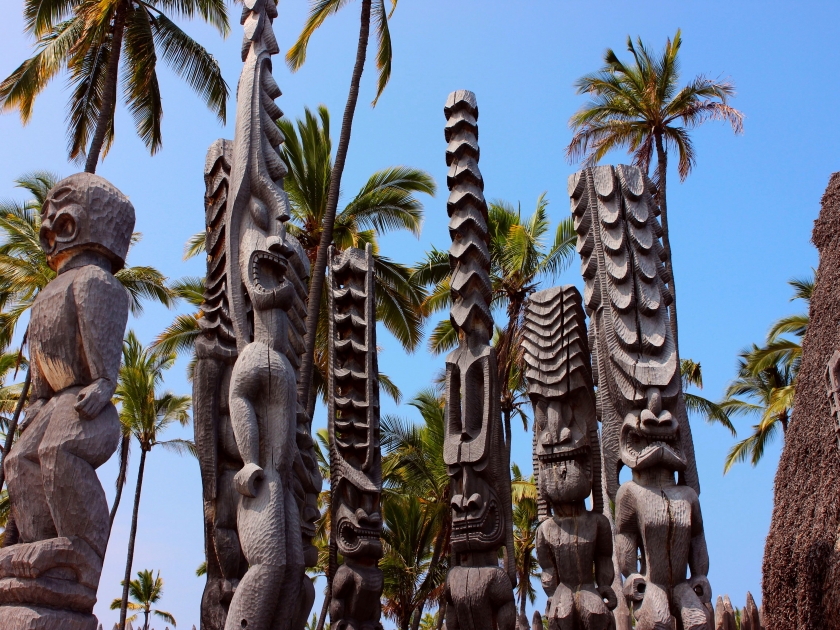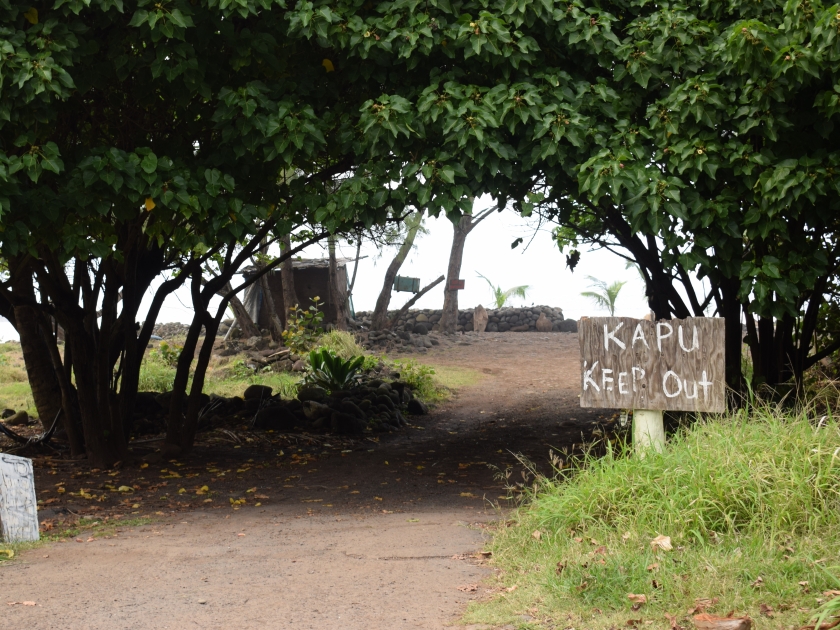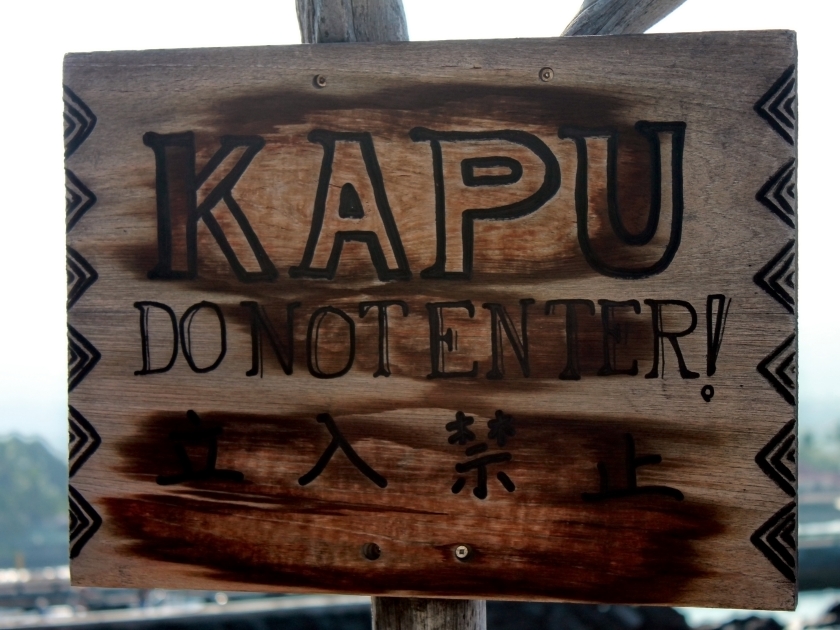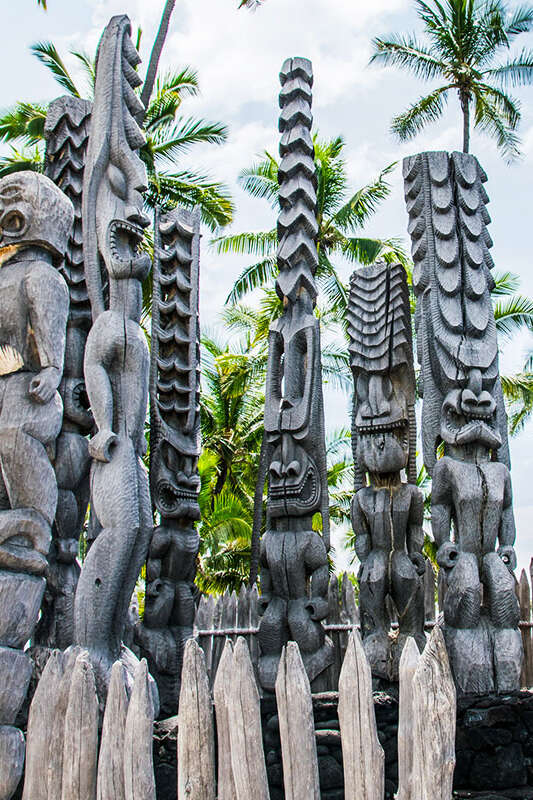Kapu, the ancient Hawaiian code of conduct, played a pivotal role in regulating aspects of daily life and spiritual practice in old Hawaii. For visitors to Hawaii today, understanding and respecting these sacred traditions is crucial for an enriching experience that honors the local customs and the land itself. This guide offers a deep dive into what kapu is, its enduring impact on modern Hawaiian culture, and practical tips for visitors to observe these practices respectfully.
What is Kapu?

Kapu was the complex set of laws and regulations that governed ancient Hawaiian society, establishing sacred prohibitions designed to maintain both social order and spiritual purity. These rules covered a wide array of behaviors, from restricting fishing during certain seasons to preserving stocks, to designating sacred spaces where only high-ranking individuals could enter. Violating kapu could result in severe consequences, underscoring its importance in Hawaiian culture. Although formally abolished in the early 19th century during King Kamehameha II’s reign, the ethos of kapu continues to influence modern Hawaii, informing current cultural practices and conservation efforts.
Learn More: The Ultimate Guide to Understanding Kapu in Hawaiian Culture
Essential Kapu Principles for Visitors to Understand
Visitors to Hawaii are encouraged to embrace key kapu principles that underline the importance of respecting nature, sacred sites, and local customs. Integral to this is the concept of ‘Malama’, meaning to care for or nurture, which guides interactions with the environment and community. For example, practices such as not removing lava rocks or sand from beaches align with kapu’s reverence for natural elements, each believed to possess spiritual significance. By adhering to these guidelines, visitors not only ensure their actions are environmentally sustainable but also show deep respect for the cultural heritage that these sites represent, fostering a connection that honors the sacredness of the land and its people.
Practical Tips for Observing Kapu as a Visitor

Guidelines on behavior at sacred sites (e.g., Heiau, burial sites):
When visiting sacred sites like Heiau (temples) and burial grounds in Hawaii, it is paramount to maintain a demeanor of quiet respect and adherence to posted guidelines. Visitors should avoid touching sacred objects or structures, refrain from entering restricted areas, and keep their voices low. Photography may be restricted or considered disrespectful at some locations, so it’s advisable to look for signage or ask a guide. These practices ensure that the sanctity of these sites is preserved and that visitors contribute positively to their conservation.
What to do if you accidentally break a Kapu rule:
If you inadvertently violate a kapu rule, it’s important to address the mistake with sincerity and respect. Apologize immediately to any local individuals who may be affected or to a guide if one is present. Depending on the nature of the violation, it may also be appropriate to participate in a local form of making amends, such as offering a symbolic gesture of restoration or cleansing. Seeking guidance from a cultural liaison or a knowledgeable local can help you navigate the correct form of apology and remediation.
How to interact with local communities and participate in local traditions respectfully:
Engaging with local communities and their traditions calls for a mindful and respectful approach. Always ask permission before participating in or observing local ceremonies and cultural activities. Show interest and appreciation by learning a few basic phrases in Hawaiian, and be attentive to local customs and etiquette. It’s crucial to accept invitations or refusals graciously and to contribute positively, whether by supporting local businesses or participating in community-led environmental initiatives. By approaching interactions with humility and openness, visitors can enrich their experience and foster genuine connections within the community.
Learn More: Kapu! Things to NOT Do in Hawaii
Common Misunderstandings and How to Avoid Them

Common misunderstandings about kapu often arise from conflating ancient prohibitions with contemporary Hawaiian customs, leading to confusion among visitors. For instance, the belief that all local traditions are off-limits to tourists is incorrect; many cultural events welcome and even encourage visitor participation. To avoid common faux pas, such as touching objects in sacred areas or entering restricted spaces, visitors should thoroughly research and observe local signage and guidance. Engaging with locals through respectful conversation and asking permission before participating in or photographing their activities can enhance understanding and ensure that cultural boundaries are honored. Being open to learning and following local cues are key to a respectful and enriching visit.
Enhance Your Visit with Respectful Cultural Immersion
Embracing the spirit of kapu is about immersing yourself in the rich tapestry of Hawaiian culture with respect and understanding. As you plan your journey, consider integrating kapu principles into your itinerary by engaging in cultural workshops or guided tours that highlight local customs and sacred traditions. This approach not only deepens your travel experience but also supports the preservation of Hawaii’s unique cultural heritage. We invite those who have walked this path to share their experiences and insights, helping future visitors connect more meaningfully with the islands’ storied past and vibrant present. Your participation makes a profound difference in fostering a climate of mutual respect and cultural continuity.




